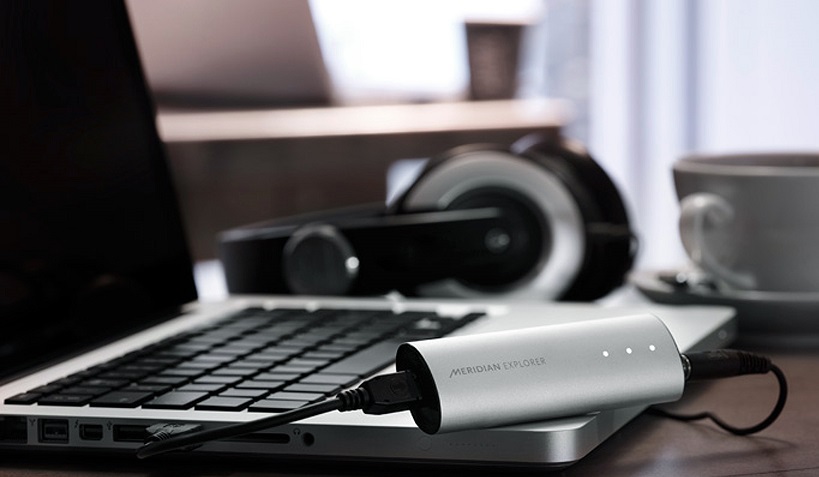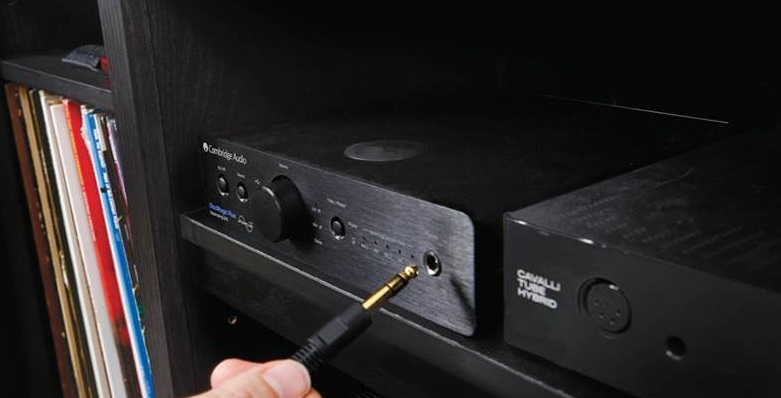Our speakers deal with analog sound. The trouble is that most modern sources are in digital format.
What is DAC
The DAC is a device that is inserted between a digital source (laser player, MP3 player, audio output from a computer) and the amplifier, to perform the conversion to analog. The advantage of a dedicated DAC is that it takes over from the not always high-quality converter integrated into the source and ensures better conversion for an optimized result. 
And for example, popular use cases
– By connecting the digital output of your CD player to the DAC, you deactivate its internal converter and the files will be directly transmitted to the external DAC for processing. Again, there will be a big improvement if quality external DAC.
– At the output of the sound card of a PC or MAC computer, using the SPDIF output of the sound card or the USB output, this allows us to bypass the extremely poor converter supplied with the vast majority of our computers. But in this case, you need to pay attention to more expensive devices and, for example, choose the best DAC under 500$. To connect, use the SPDIF output when possible, the USB sockets of some DACs being clamped in high resolutions.
As with turntables, there are DACs in all price ranges. Some manufacturers have made a specialty of quality and affordable DACs, such as NAD, Cambridge audio, or the French Atoll and Micromega, to name a few.
What does a DAC do and how it affects the sound?
First of all, it must be made clear that a poor quality ultra-compressed file will not magically become superb through DAC processing. On the other hand, a slightly compressed MP3 file (256 or 384 kbit/s for example), or better still in lossless format (FLAC, WAV, ALAC, DSD, etc.) will be transfigured: the bandwidth will be enlarged, the sound will flow more naturally, the sound stage will unfold in space, all of this subject, of course, to use a good quality DAC. This leap forward is especially noticeable on entry and mid-range CD players, high-end turntables often being equipped with a race converter.
A final point, the sampling frequency is essential for a converter. The minimum frequency of a DAC is 44khz at 16 bits (this corresponds to CD quality), the higher-end DACs offer 192khz / 24 bits, which corresponds to the original format used by recording studios. Others go even further by offering DSD flow management. As compatible files (Master tapes) are increasingly offered as paid downloads, this can be a criterion of choice for demanding audiophiles. Certain services (Tidal and Qobuz are the best known) offer streaming in Hi-Res quality.






